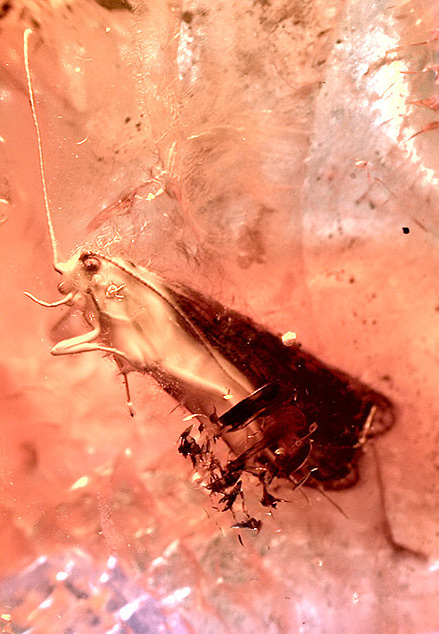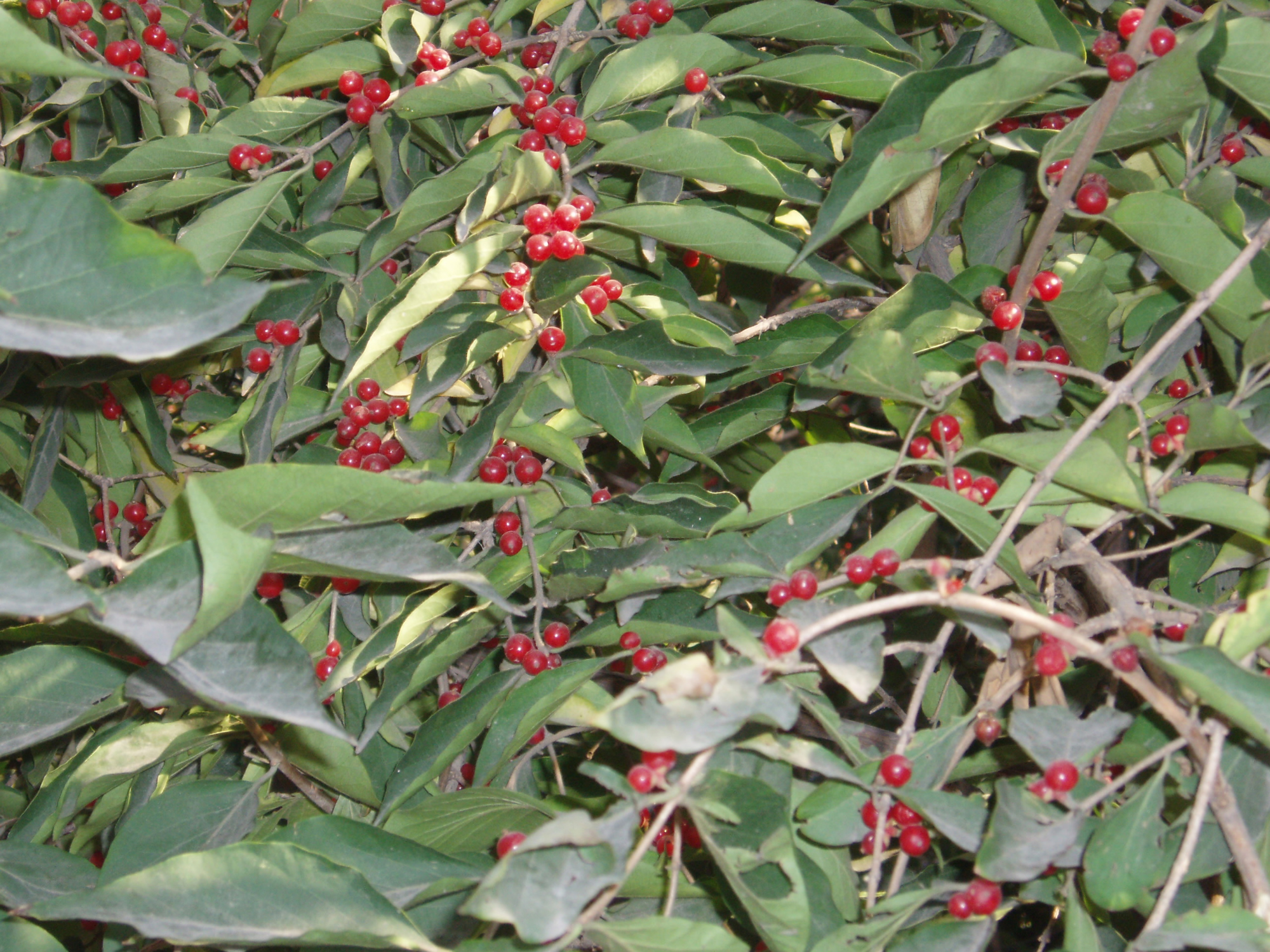|
Mitchell's Grove Nature Preserve
Mitchell's Grove Nature Preserve is a nature Preserve located in LaSalle County, Illinois, situated between Tomahawk Creek and the Little Vermilion River (Illinois River tributary), Little Vermillion River north of their confluence. It is composed of diverse terrain with over 300 plant species present. While much of the upland area is oak savanna and prairie, the bottomlands consist of several different types of mesic forest with diverse plant communities. The site was given to the state of Illinois by William and Irene Mitchell in 1997. History Mitchell's Grove was heavily affected by glacial action during the Wisconsin glaciation. The movement of ice over the site lead to the presence of Glacial erratics and till. The broad main valley is likely glacial in origin while the numerous small ravines are the result of erosion of the sandstone bedrock. The vertical sandstone cliffs found here are also related to the presence of the Peru Monocline Fault. Flora and Fauna A plant sur ... [...More Info...] [...Related Items...] OR: [Wikipedia] [Google] [Baidu] |
Upland Forest At Mitchell's Grove
Upland or Uplands may refer to: Geography *Hill, an area of higher land, generally *Highland, an area of higher land divided into low and high points *Upland and lowland, conditional descriptions of a plain based on elevation above sea level *In limnology and freshwater biology, the terrestrial ecosystems above the high water mark (wetland) of a riparian zone or lakeshore Places Australia * Upland, Queensland, a locality in the Barcaldine Region * Desert Uplands, a bio-region in Queensland Canada * CFB Uplands, a former Canadian Forces Base located in Ottawa, Ontario ** Uplands, Ottawa, a neighbourhood in Ottawa * Uplands, Greater Victoria, a Vancouver Island neighbourhood in the northeast Oak Bay, British Columbia ** Uplands Park, an undeveloped natural reserve in the Uplands neighbourhood * Uplands Ski Centre, a ski area in Thornhill, Ontario * The Uplands, Edmonton, a future neighbourhood * Uplands, Ontario, a neighbourhood in the City of London, Ontario Germany * Upland (m ... [...More Info...] [...Related Items...] OR: [Wikipedia] [Google] [Baidu] |
Eurybia Furcata
''Eurybia furcata'', commonly called forked aster, is an herbaceous perennial in the family Asteraceae. It is native primarily to the Great Lakes region and the Ozark Mountains in the United States. It is uncommon throughout its range, and occurs in the states of Michigan and Wisconsin in the north, south through Nebraska, Illinois, Iowa, and Indiana, and into Missouri and Arkansas. The species is intolerant of shade and is typically found on rocky, north-facing slopes, especially those composed of limestone, dolomite, or sandstone. It can also be found in seeps on bluffs, in moist woods along streams, and occasionally in disturbed sites. It is included in the Center for Plant Conservation The Center for Plant Conservation (CPC) is a not-for-profit organization consisting of a network with more than 50 institutions. The mission is to conserve and restore the rare native plants of the United States and Canada. CPC represents a netwo ...'s National Collection of Endangered Plants. ... [...More Info...] [...Related Items...] OR: [Wikipedia] [Google] [Baidu] |
Caddisflies
The caddisflies, or order Trichoptera, are a group of insects with aquatic larvae and terrestrial adults. There are approximately 14,500 described species, most of which can be divided into the suborders Integripalpia and Annulipalpia on the basis of the adult mouthparts. Integripalpian larvae construct a portable casing to protect themselves as they move around looking for food, while Annulipalpian larvae make themselves a fixed retreat in which they remain, waiting for food to come to them. The affinities of the small third suborder Spicipalpia are unclear, and molecular analysis suggests it may not be monophyletic. Also called sedge-flies or rail-flies, the adults are small moth-like insects with two pairs of hairy membranous wings. They are closely related to the Lepidoptera (moths and butterflies) which have scales on their wings; the two orders together form the superorder Amphiesmenoptera. The aquatic larvae are found in a wide variety of habitats such as streams, riv ... [...More Info...] [...Related Items...] OR: [Wikipedia] [Google] [Baidu] |
Mayflies
Mayflies (also known as shadflies or fishflies in Canada and the upper Midwestern United States, as Canadian soldiers in the American Great Lakes region, and as up-winged flies in the United Kingdom) are aquatic insects belonging to the order Order, ORDER or Orders may refer to: * Categorization, the process in which ideas and objects are recognized, differentiated, and understood * Heterarchy, a system of organization wherein the elements have the potential to be ranked a number of d ... Ephemeroptera. This order is part of an ancient group of insects termed the Palaeoptera, which also contains dragonflies and damselfly, damselflies. Over 3,000 species of mayfly are known worldwide, grouped into over 400 genus, genera in 42 family (biology), families. Mayflies have ancestral traits that were probably present in the first flying insects, such as long tails and Insect wing, wings that do not fold flat over the insect morphology#Abdomen, abdomen. Their immature stages are a ... [...More Info...] [...Related Items...] OR: [Wikipedia] [Google] [Baidu] |
Aquatic Biomonitoring
Aquatic biomonitoring is the science of inferring the ecological condition of rivers, lakes, streams, and wetlands by examining the organisms (fish, invertebrates, insects, plants, and algae) that live there. While aquatic biomonitoring is the most common form of biomonitoring, any ecosystem can be studied in this manner. Purpose Aquatic biomonitoring is an important tool for assessing aquatic life forms and their ecosystems. Monitoring aquatic life can also be beneficial in understanding land ecosystems. Aquatic biomonitoring can reveal the overall health and status of the environment, can detect environmental trends and how different stressors will affect those trends, and can be used to evaluate the effects that various environmental activities may have on the overall health of the environment. Water pollution and general stresses to aquatic life have a major impact on the environment. The main sources of pollution to oceans, rivers, and lakes are human caused events or acti ... [...More Info...] [...Related Items...] OR: [Wikipedia] [Google] [Baidu] |
Phalaris Arundinacea
''Phalaris arundinacea'', or reed canary grass, is a tall, perennial bunchgrass that commonly forms extensive single-species stands along the margins of lakes and streams and in wet open areas, with a wide distribution in Europe, Asia, northern Africa and North America. Other common names for the plant include gardener's-garters in English, ''alpiste roseau'' in French, ''Rohrglanzgras'' in German, ''kusa-yoshi'' in Japanese, ''caniço-malhado'' in Portuguese, and ''hierba cinta'' and ''pasto cinto'' in Spanish.''Phalaris arundinacea''. USDA NRCS Plant Guide. Description The stems can reach in height.Waggy, Melissa, A. 2010.'. In: Fire Effects Information S ... [...More Info...] [...Related Items...] OR: [Wikipedia] [Google] [Baidu] |
Lonicera Maackii
''Lonicera maackii'', the Amur honeysuckle, is a species of honeysuckle in the family Caprifoliaceae that is native to temperate western Asia; specifically in northern and western China south to Yunnan, Mongolia, Primorsky Krai in southeastern Siberia, Korea, and, albeit rare there, central and northern Honshū, Japan. ''Lonicera maackii'' is a listed endangered species in Japan. It has escaped from cultivation and naturalized in New Zealand and the eastern United States; in the woodlands of the U.S. it is a significant invasive species. Description The plant is a large, deciduous shrub that grows a maximum of tall with stems of a maximum of in diameter. The leaves are oppositely arranged, long and broad, with an entire margin, and with at least some rough pubescence. The flowers are produced in pairs; they are long, have two lips, begin white and later turn yellow or pale orange in color; they bloom from middle of spring to early summer. The fruit is a bright red to bl ... [...More Info...] [...Related Items...] OR: [Wikipedia] [Google] [Baidu] |
Invasive Species
An invasive species otherwise known as an alien is an introduced organism that becomes overpopulated and harms its new environment. Although most introduced species are neutral or beneficial with respect to other species, invasive species adversely affect habitats and bioregions, causing ecological, environmental, and/or economic damage. The term can also be used for native species that become harmful to their native environment after human alterations to its food webfor example the purple sea urchin ('' Strongylocentrotus purpuratus'') which has decimated kelp forests along the northern California coast due to overharvesting of its natural predator, the California sea otter ('' Enhydra lutris''). Since the 20th century, invasive species have become a serious economic, social, and environmental threat. Invasion of long-established ecosystems by organisms is a natural phenomenon, but human-facilitated introductions have greatly increased the rate, scale, and geographic range ... [...More Info...] [...Related Items...] OR: [Wikipedia] [Google] [Baidu] |
Liverwort
The Marchantiophyta () are a division of non-vascular land plants commonly referred to as hepatics or liverworts. Like mosses and hornworts, they have a gametophyte-dominant life cycle, in which cells of the plant carry only a single set of genetic information. It is estimated that there are about 9000 species of liverworts. Some of the more familiar species grow as a flattened leafless thallus, but most species are leafy with a form very much like a flattened moss. Leafy species can be distinguished from the apparently similar mosses on the basis of a number of features, including their single-celled rhizoids. Leafy liverworts also differ from most (but not all) mosses in that their leaves never have a costa (present in many mosses) and may bear marginal cilia (very rare in mosses). Other differences are not universal for all mosses and liverworts, but the occurrence of leaves arranged in three ranks, the presence of deep lobes or segmented leaves, or a lack of clearly di ... [...More Info...] [...Related Items...] OR: [Wikipedia] [Google] [Baidu] |
Moss
Mosses are small, non-vascular flowerless plants in the taxonomic division Bryophyta (, ) '' sensu stricto''. Bryophyta ('' sensu lato'', Schimp. 1879) may also refer to the parent group bryophytes, which comprise liverworts, mosses, and hornworts. Mosses typically form dense green clumps or mats, often in damp or shady locations. The individual plants are usually composed of simple leaves that are generally only one cell thick, attached to a stem that may be branched or unbranched and has only a limited role in conducting water and nutrients. Although some species have conducting tissues, these are generally poorly developed and structurally different from similar tissue found in vascular plants. Mosses do not have seeds and after fertilisation develop sporophytes with unbranched stalks topped with single capsules containing spores. They are typically tall, though some species are much larger. ''Dawsonia'', the tallest moss in the world, can grow to in height. Ther ... [...More Info...] [...Related Items...] OR: [Wikipedia] [Google] [Baidu] |
Lichen
A lichen ( , ) is a composite organism that arises from algae or cyanobacteria living among filaments of multiple fungi species in a mutualistic relationship.Introduction to Lichens – An Alliance between Kingdoms . University of California Museum of Paleontology. Lichens have properties different from those of their component organisms. They come in many colors, sizes, and forms and are sometimes plant-like, but are not plants. They may have tiny, leafless branches ( fruticose); flat leaf-like structures ( foliose); grow crust ... [...More Info...] [...Related Items...] OR: [Wikipedia] [Google] [Baidu] |
Map Of Mitchell's Grove Plant Communities
A map is a symbolic depiction emphasizing relationships between elements of some space, such as objects, regions, or themes. Many maps are static, fixed to paper or some other durable medium, while others are dynamic or interactive. Although most commonly used to depict geography, maps may represent any space, real or fictional, without regard to context or scale, such as in brain mapping, DNA mapping, or computer network topology mapping. The space being mapped may be two dimensional, such as the surface of the earth, three dimensional, such as the interior of the earth, or even more abstract spaces of any dimension, such as arise in modeling phenomena having many independent variables. Although the earliest maps known are of the heavens, geographic maps of territory have a very long tradition and exist from ancient times. The word "map" comes from the , wherein ''mappa'' meant 'napkin' or 'cloth' and ''mundi'' 'the world'. Thus, "map" became a shortened term referring to a ... [...More Info...] [...Related Items...] OR: [Wikipedia] [Google] [Baidu] |






